South Korea may not be particularly well suited for long-distance cycling, nor an especially productive birding destination, but it does currently possess fourteen World Heritage Sites, a relatively large number for a rather small country. Therefore, that feature would be the primary focus for this section of the Tour, and I intended to visit almost all of those Sites. Arriving at a plan to do so would not be a straightforward process, however. More than half of the Sites are serial
properties, meaning that they are collections of between two and twenty related structures or places, which are usually scattered throughout the country. Trying to devise an efficient route that would allow for visits to a representative sample of such a large number of places was certainly challenging. It also seems to be the consensus opinion of many, more experienced, World Heritage travelers that Korea’s Sites generally fall into the nice, but not spectacular
category. For me, however, I disregarded that characterization since this would be my first experience of seeing examples of East Asian art and architecture in person, something that I was definitely looking forward to.
The initial Site on my route was Hwaseong Fortress, in the city of Suwon, a short distance south of Seoul. I intended to visit in the afternoon of my second day out of quarantine, but, given the general slowness of navigating through Korea, I arrived fairly late in the day, and so I decided to spend the entire next day at the Site, which provided a more relaxing way for me to ease back in to my normal routine. The Hwaseong Fortress is not especially old, completed only about two hundred twenty-five years ago, but it presents an uncommon level of artistic ornamentation, compared to other large historic military structures that I have previously seen in other parts of the World. The visual motifs seen there would be repeated on almost every other historic building I saw around the country, but, as this was my first encounter with that style, it made a big impression on me at this Site.
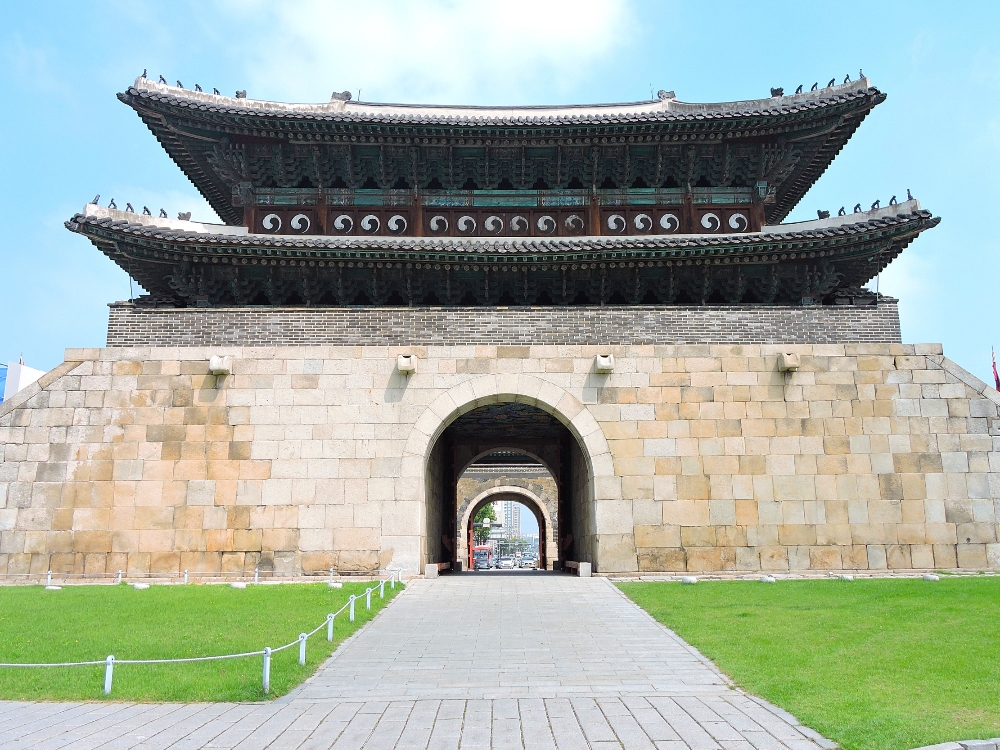
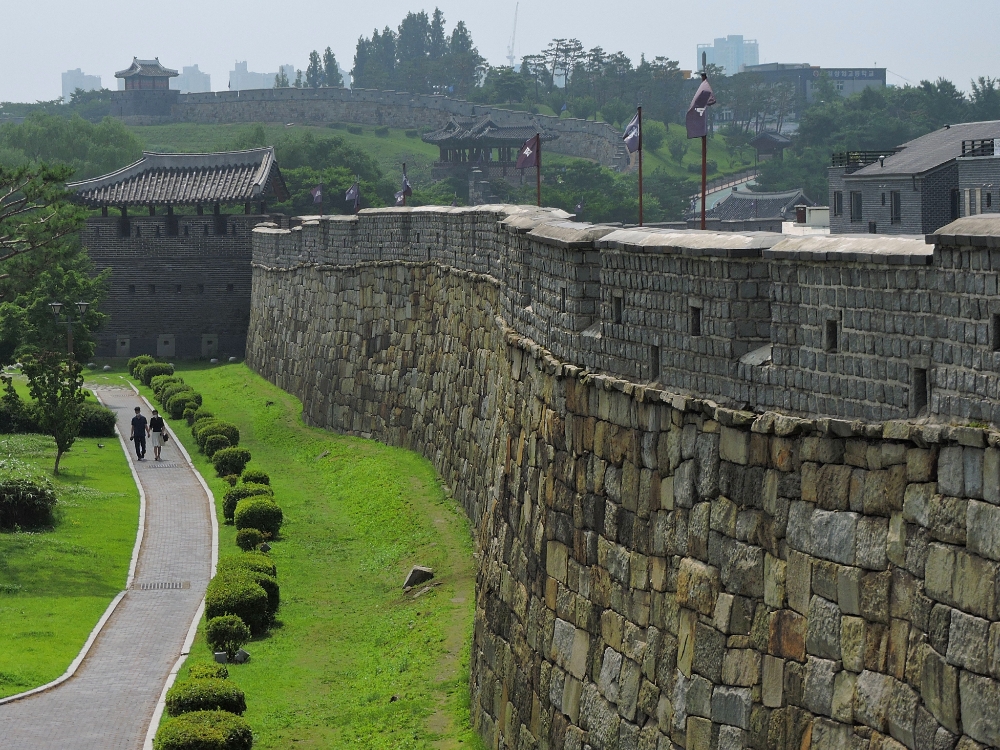
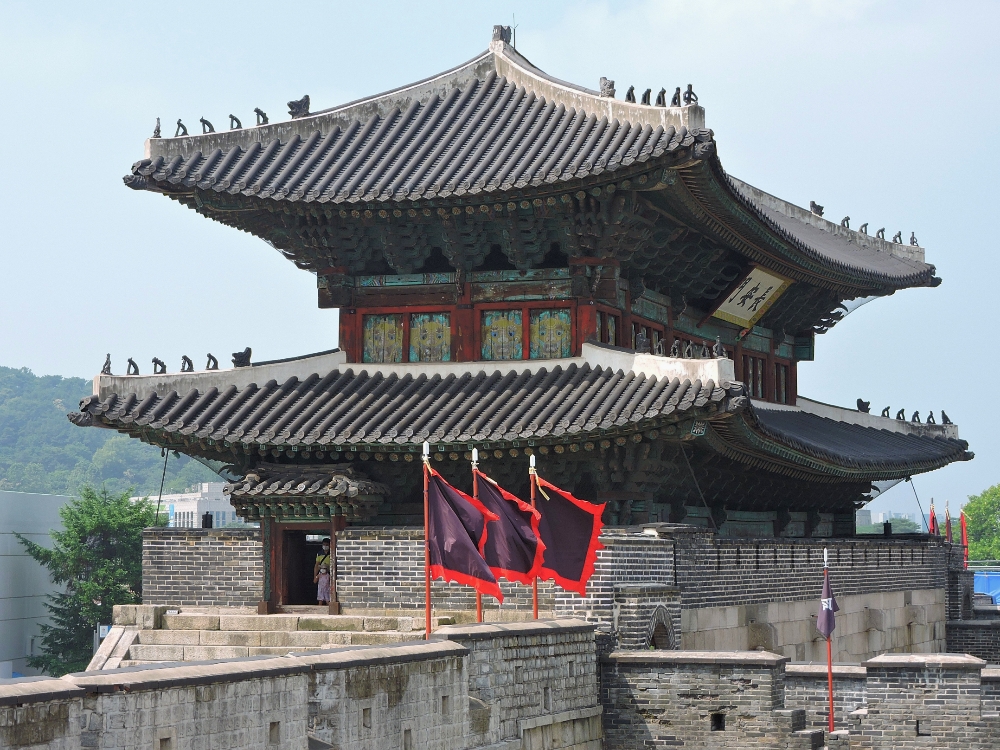
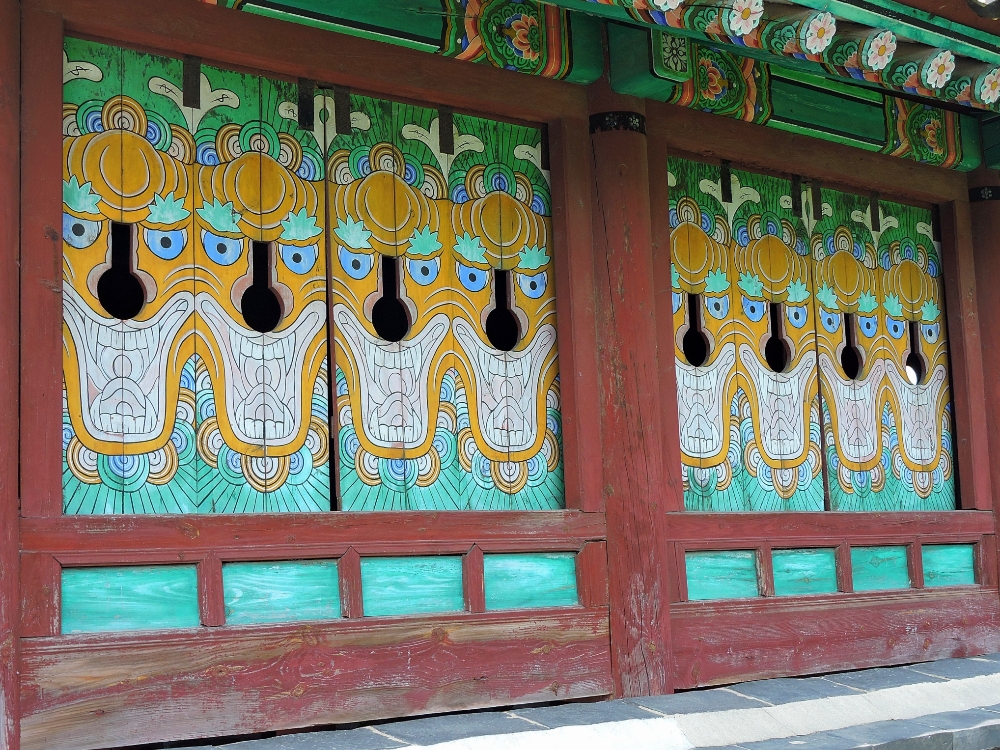
The current era is not the only time when the Korean peninsula has been divided into separate political entities. The Three Kingdoms Period began about two thousand years ago and one of those kingdoms was Baekje, which existed for several hundred years in the southwestern part of the peninsula. It rose to become an important regional power, with trade links to China and Japan that greatly facilitated cultural exchange between all three nations. During its existence, Baekje had three capital cities at various times, in or near the modern cities of Gongju, Buyeo, and Iksan, and the current Site consists of archeological zones in all three locations. Like many archeological Sites, much of what remains is in a degraded condition, or has been reconstructed or replicated, and many of the most interesting aspects are best seen by visiting the associated museums at each location. These factors, together with its geographic distribution, made getting a thorough appreciation of this Site rather challenging. Nevertheless, I managed to see something of all three components, with highlights being King Muryeong's burial tomb replica at Gongju and its decorative brickwork construction, a weathered stone-seated Buddha Statue and the excellent museum collection at Buyeo, and multi-level stone pagodas at Iksan.
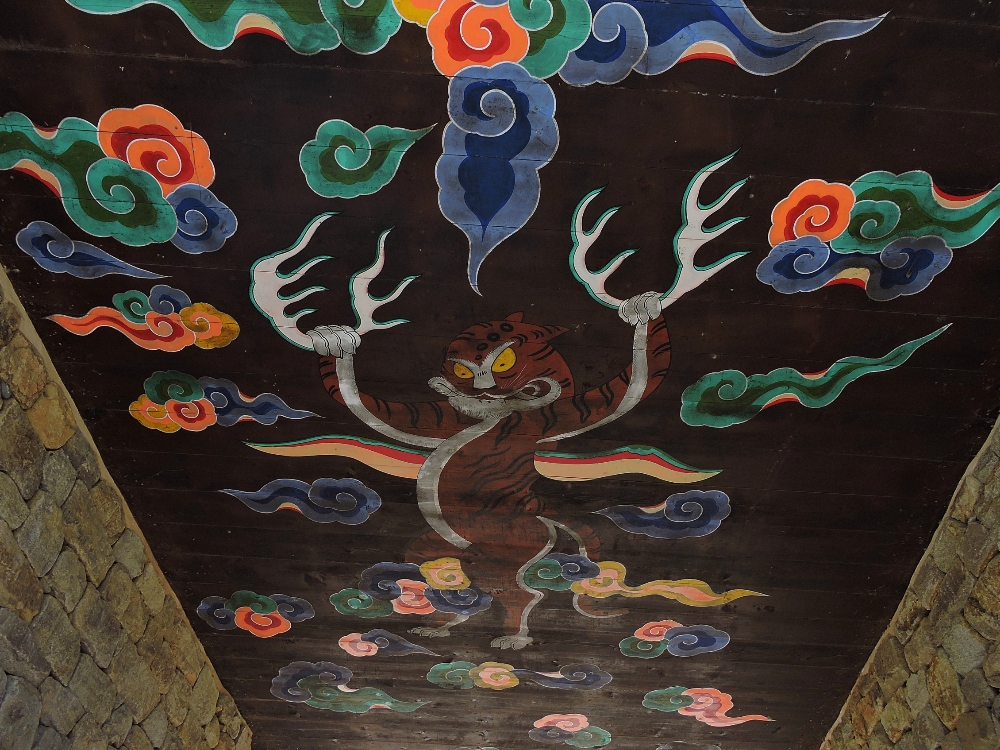
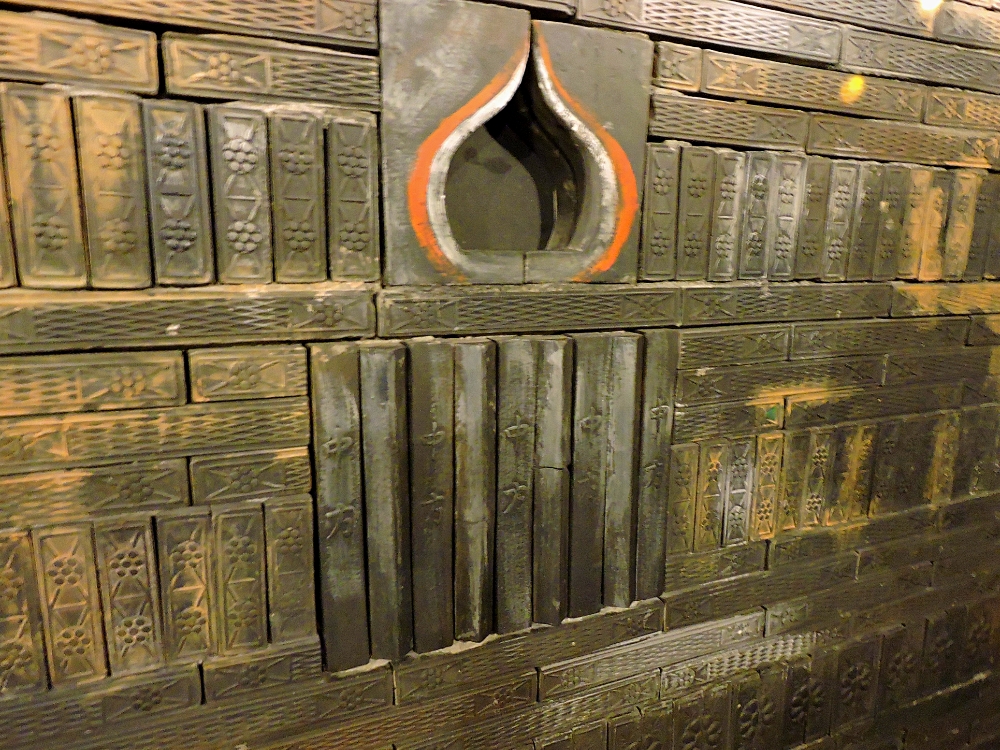
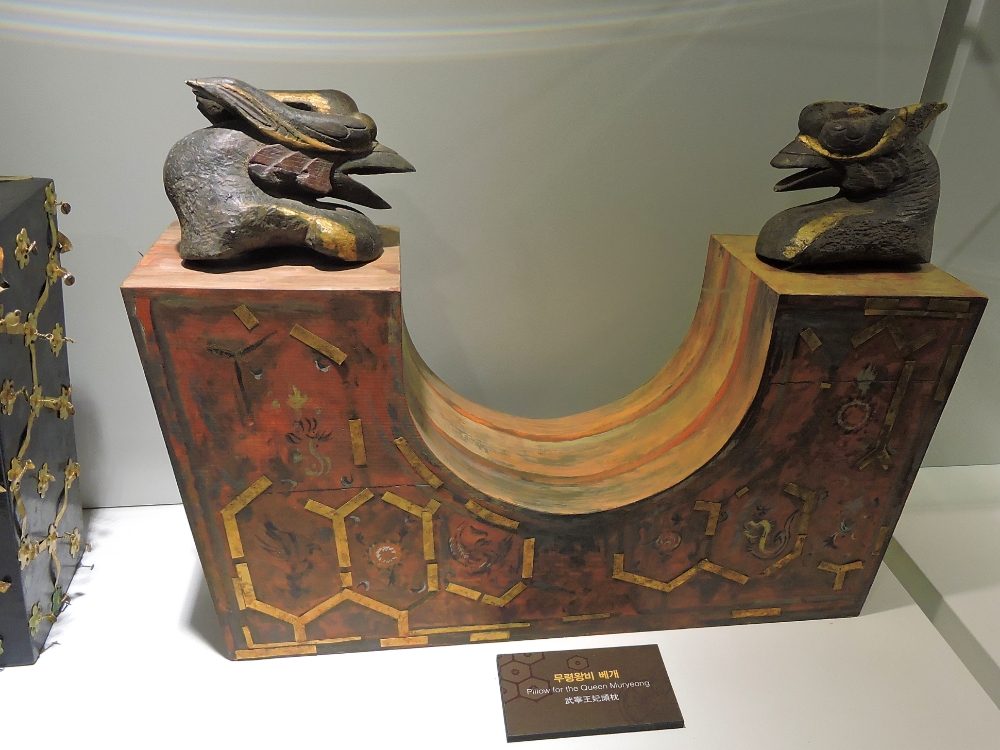
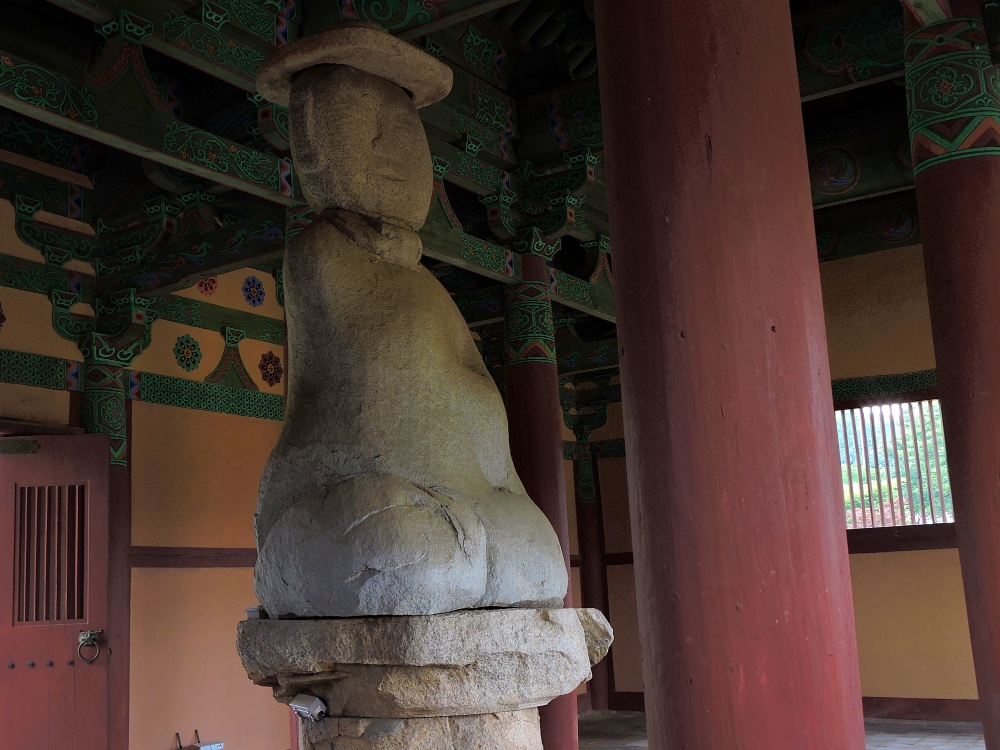
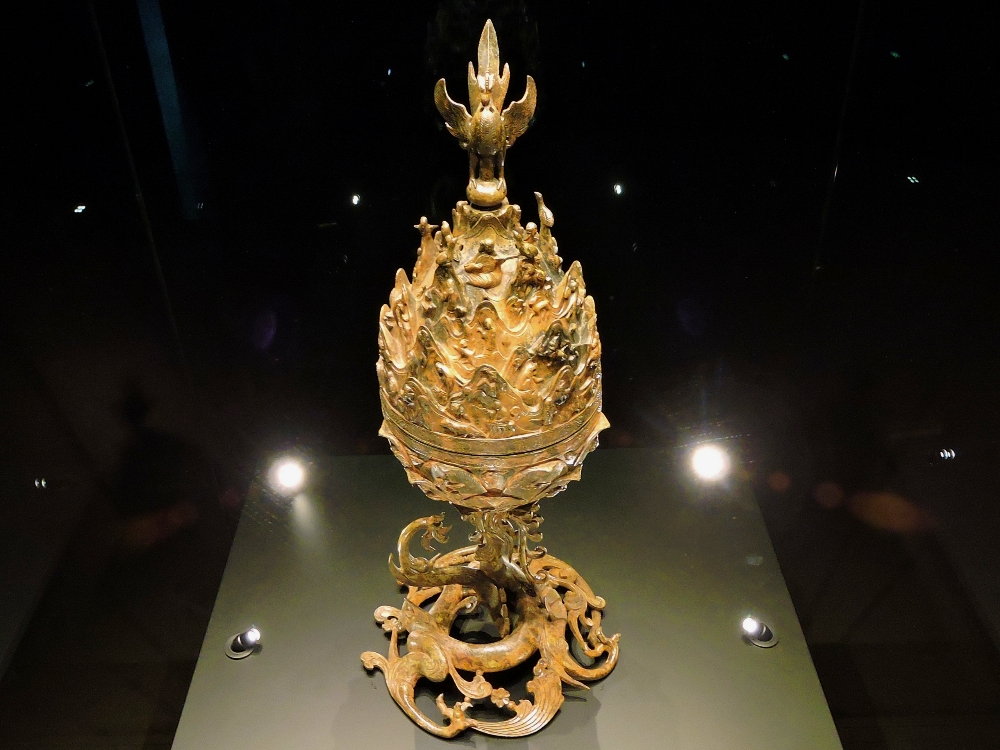
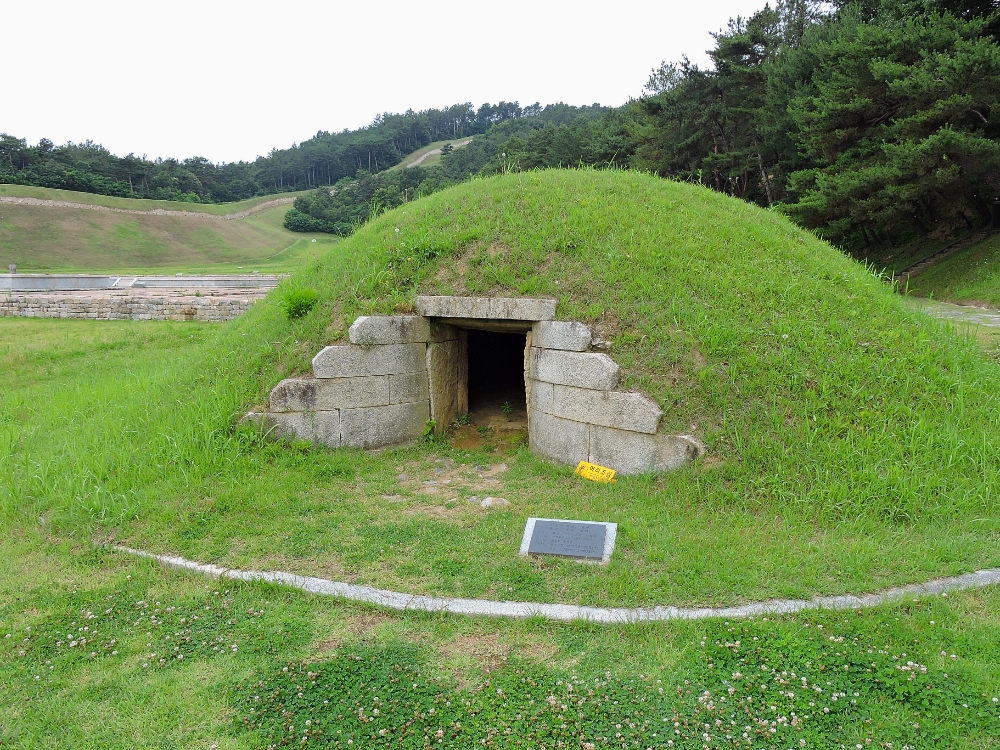
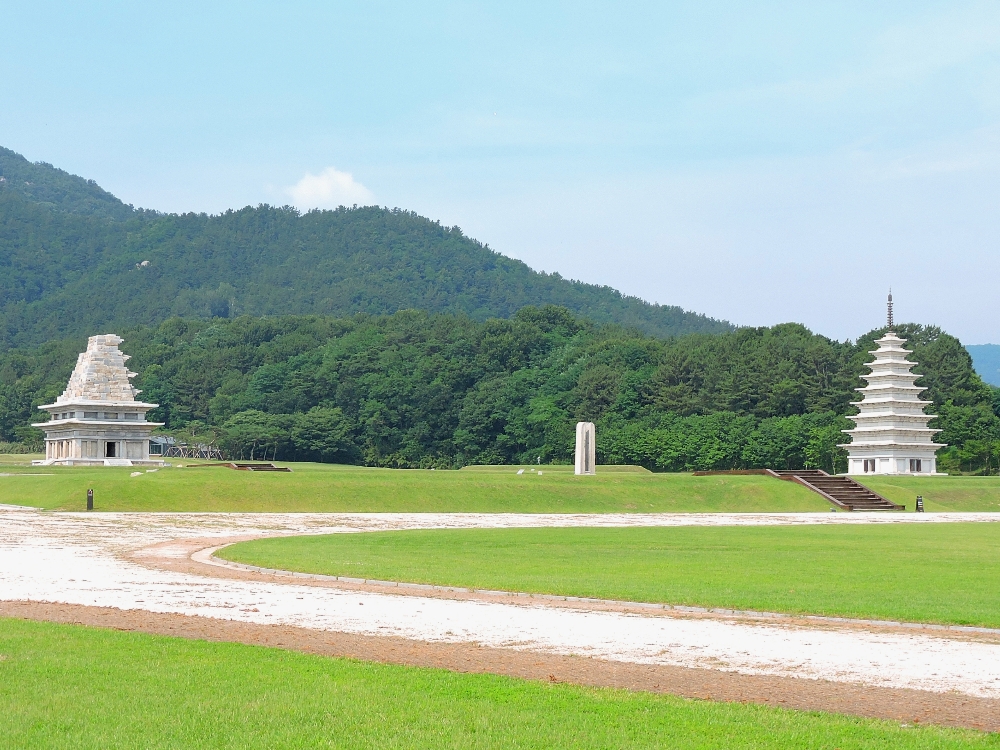
Next came a quick visit to a Site composed of a large collection of prehistoric Dolmens. These are found all over Korea, but the Site consists of two clusters in the South, and one on a northern offshore island. I visited the largest, and most conveniently located of these, near the town of Gochang. Dolmens are a particular type of tomb where the grave is covered by a very large capstone, usually weighing many tons. Rarely these stones may sit directly on the ground, but more often they are placed on stone legs, which raise the cap, from several centimeters to over a meter, above the surface. The Dolmens at Gochang are thought to be just under three thousand years old, and relatively little is known about the culture that produced them. A small museum houses some artifacts found in the area, and I was particularly interested in some of the pottery. Given that these were made significantly more recently than the ceramics I had recently seen in Ban Chiang, in Thailand, it was notable that, while there were technically of high quality, artistic embellishments were generally absent compared to their Thai counterparts. I intended to visit a second component of the Site, in Hwasun, which has Dolmens in a more natural setting, but the onset of a mechanical problem with the bike forced me to skip that part.
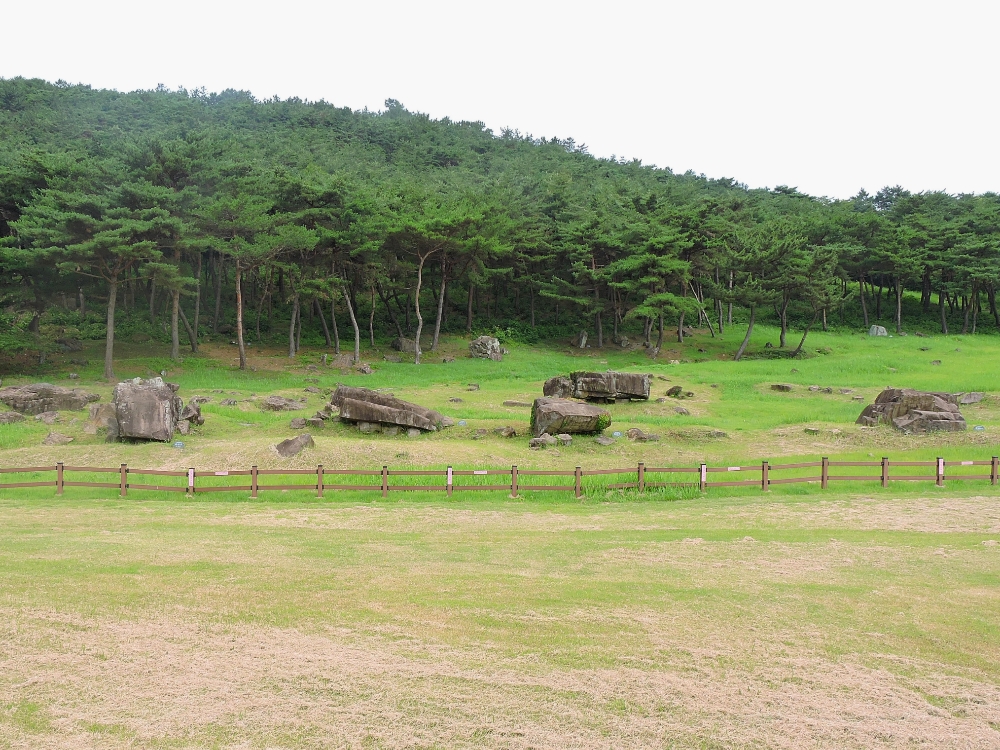
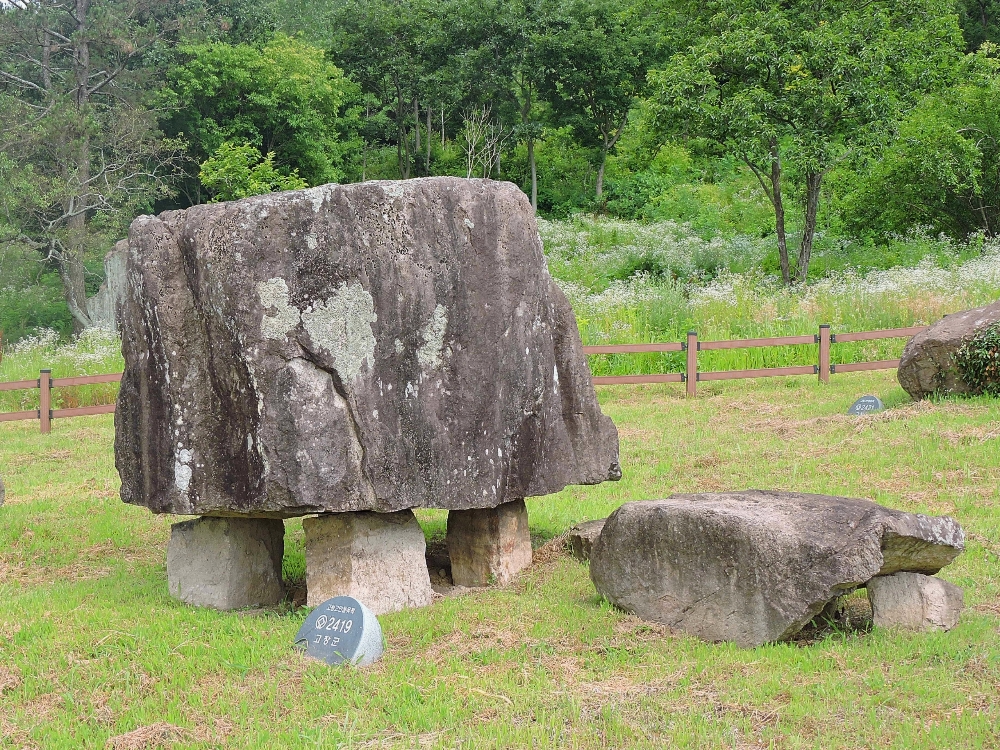
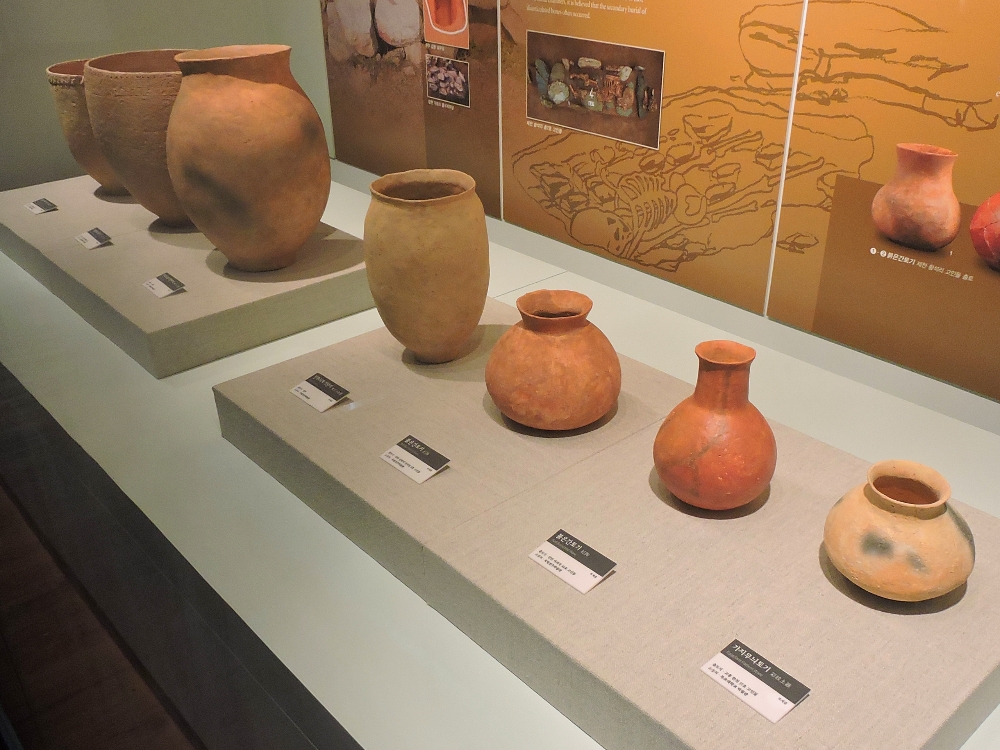
Site visits would continue at a brisk pace, once the bike was repaired, that is, which was a pleasing situation. However, given the spread-out nature of some of these serial Sites it would take me some amount of time to actually finish
those visits.